A great furniture photograph isn’t just about the piece itself; the background plays a crucial role in making the image stand out. The right background for furniture photography enhances the product, adds depth, and creates a mood that draws potential buyers or design enthusiasts. Whether you are a professional photographer, a furniture brand, or a social media content creator, understanding how to select the best background can significantly impact the quality of your images.
Why the Right Background Matters in Furniture Photography
You might be wondering why the background for furniture photography is so important. Well, it’s not just about showcasing the furniture in its best light; it’s about creating a harmonious composition that draws attention to the design, texture, and color of the furniture. A well-chosen background helps to highlight the details of the furniture while ensuring that the entire image looks balanced and professional.
Imagine a beautifully crafted chair with intricate details. If the background is cluttered or distracting, those details may get lost. On the other hand, a neutral or complementary background can make the chair pop, showcasing its features without overpowering it. The goal is to create an image where the furniture takes center stage, with the background enhancing rather than detracting from its beauty.
How to Choose the Right Background Based on Furniture Style
The type of furniture you’re photographing will greatly influence the background for furniture photography. Here’s how different furniture styles pair with various backgrounds:
Traditional Furniture: Traditional or vintage furniture often benefits from a classic or elegant backdrop, such as a richly textured wallpaper, a wooden panel, or a soft, muted color. These types of backgrounds create a timeless atmosphere and complement the vintage details of the furniture.
Modern Furniture: Sleek, minimalist furniture typically works well with neutral backgrounds, such as a white or gray wall. These backgrounds help highlight the clean lines and contemporary design of modern furniture without any distractions.
Industrial Furniture: For industrial-style furniture, opt for backgrounds that feature raw materials like brick walls, concrete, or exposed metal. These rugged backgrounds enhance the urban, edgy vibe of industrial furniture.
Boho Furniture: For bohemian or eclectic furniture, you might want to go for backgrounds that incorporate natural materials, like wood or woven fabrics. These backdrops will complement the laid-back, artistic vibe of boho furniture while adding texture and interest.
Types of Backgrounds for Furniture Photography
There are many types of backgrounds that you can choose from, and the decision depends on several factors, including the style of furniture, the mood you want to convey, and the overall aesthetic of the image. Below are some popular options to consider when selecting a background for furniture photography.
Natural Backgrounds for Furniture Photography
Natural settings offer a timeless and organic feel to furniture photography. Outdoor locations such as gardens, patios, and wooden decks can provide a beautiful and realistic setting for furniture, especially for rustic or wooden pieces. Greenery in the background adds a refreshing contrast, making the furniture appear more inviting. Sunlight can enhance the texture and warmth of wooden furniture, giving it a natural and authentic appeal.
For modern furniture pieces, urban landscapes can be a striking choice. A city skyline, brick walls, or minimalist concrete backgrounds offer a sleek and contemporary look. This kind of background for furniture photography helps in showcasing modern, industrial, or minimalist furniture designs effectively.
Studio Backgrounds for a Professional Look
Studio photography provides the most control over lighting, angles, and the overall composition of furniture photography. A plain white or grey background is one of the most commonly used setups in studio photography because it isolates the furniture and keeps all the attention on the piece. This is an excellent choice for online stores and catalogs where the focus should remain solely on the product.
Using seamless paper rolls in different colors can also create a distinctive look. A light pastel background can give a soft and elegant appeal to furniture, while a dark or moody background can add drama and sophistication. The background for furniture photography in a studio should always be well-lit and free from distractions to keep the focus on the furniture itself.
Textured and Patterned Backgrounds for Added Interest
Sometimes, a plain background might feel too basic, and this is where textured or patterned backgrounds come in. A brick wall, wooden panels, or a fabric backdrop can introduce subtle texture without overwhelming the furniture piece. The key is to choose a texture that complements the furniture’s design. For example, a modern glass or metal table might look stunning against a rough, rustic wood wall, creating an exciting contrast that draws the eye.
Similarly, wallpapers with neutral patterns can add a creative touch to the composition. However, overly bold patterns should be used with caution, as they can take the focus away from the furniture.
Choosing the Right Colors for the Background
The color of the background for furniture photography plays a significant role in how the furniture is perceived. Light-colored backgrounds, such as white, beige, and pastel shades, give a clean, airy look that makes the furniture appear fresh and inviting. These colors work well for modern and contemporary furniture pieces.
On the other hand, darker backgrounds like deep blue, charcoal, or black add a luxurious and elegant touch to the photograph. Dark backgrounds are ideal for showcasing high-end, sophisticated furniture designs and can create a strong contrast that makes lighter furniture pieces pop.
Neutral tones, such as grey and muted earth tones, work well with almost any furniture style and create a balanced look. Choosing the right background color ensures that the furniture stands out without clashing with the surrounding elements.
Lighting and Shadows: Enhancing the Background
Lighting is crucial in determining how the background for furniture photography interacts with the furniture. Natural light is perfect for creating a soft, warm, and realistic look, especially when shooting outdoors. Morning and late afternoon provide the best lighting conditions, as harsh midday sunlight can create unwanted shadows.
In a studio setting, artificial lighting must be carefully adjusted to avoid harsh shadows or overexposure. Softbox lighting and reflectors can help create even lighting that highlights the furniture without making the background too prominent. Shadows should be used strategically to add depth and dimension to the furniture while ensuring they don’t overpower the image.
Common Mistakes to Avoid When Choosing a Background
One of the most common mistakes in furniture photography is using a cluttered background. Too many elements in the background can divert attention away from the furniture, making the image look unprofessional. A busy or overly detailed background can also create unnecessary visual noise.
Another mistake is choosing a background that doesn’t match the style of the furniture. For example, a vintage wooden chair placed in a futuristic metallic background may look out of place. It’s crucial to maintain consistency in theme and aesthetics to create a cohesive and visually appealing image.
Poor lighting is another major issue. No matter how well-chosen the background for furniture photography is, if the lighting is poor, the furniture will not be presented in its best form. Always ensure proper lighting conditions to enhance both the furniture and the background.
Conclusion
Selecting the right background for furniture photography is just as important as the furniture itself. The background enhances the overall aesthetic, highlights the furniture’s details, and creates an appealing image that captures attention. Whether using a natural, studio, textured, or colored background, it is essential to ensure that the setting complements the furniture without distracting from it. With careful selection and proper lighting, the perfect background can transform ordinary furniture photography into visually compelling and professional images.
Frequently Asked Questions (FAQs)
What is the best background color for furniture photography?
The best background color depends on the type of furniture being photographed. White backgrounds are versatile and keep the focus on the furniture, while darker backgrounds add a sense of luxury and contrast.
Can I use outdoor backgrounds for furniture photography?
Yes, outdoor backgrounds can work well, especially for wooden or rustic furniture. Gardens, patios, and urban settings can enhance the furniture’s appeal and make the images look more natural.
How do I avoid distractions in the background?
Ensure the background is clean and free of unnecessary elements. Using a plain backdrop or adjusting the focus on the furniture can help eliminate distractions.
What type of lighting is best for furniture photography?
Natural light is ideal for soft and natural-looking images. However, in a studio setting, controlled artificial lighting with softboxes and reflectors works best to eliminate harsh shadows.
Can textured backgrounds be used in furniture photography?
Yes, textured backgrounds like brick walls, wood panels, or subtle wallpaper patterns can add depth and interest, but they should not overpower the furniture itself.
How important is color contrast in choosing a background?
Color contrast helps in making the furniture stand out. Choosing a background that complements rather than blends with the furniture ensures a striking and professional look.
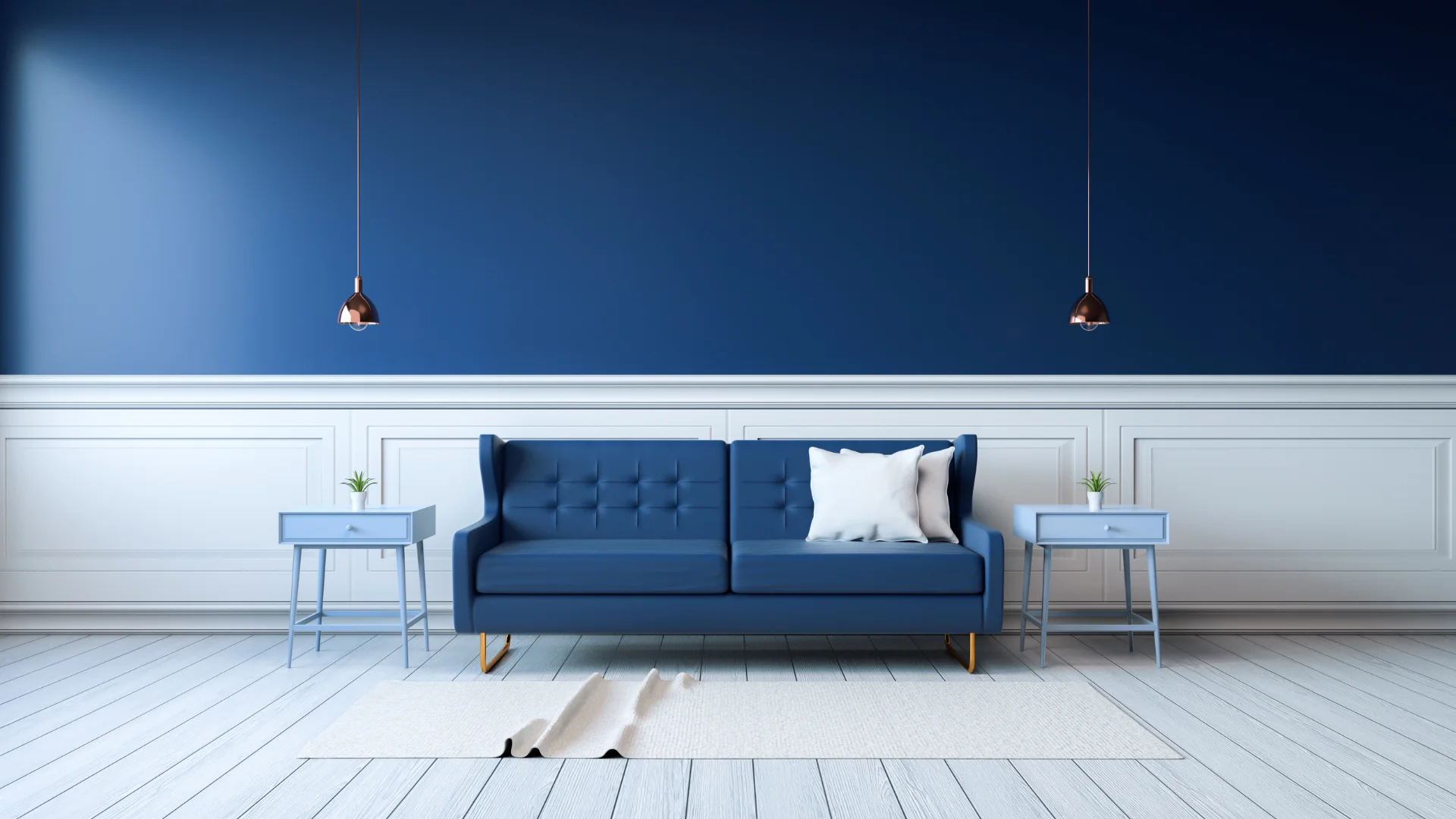
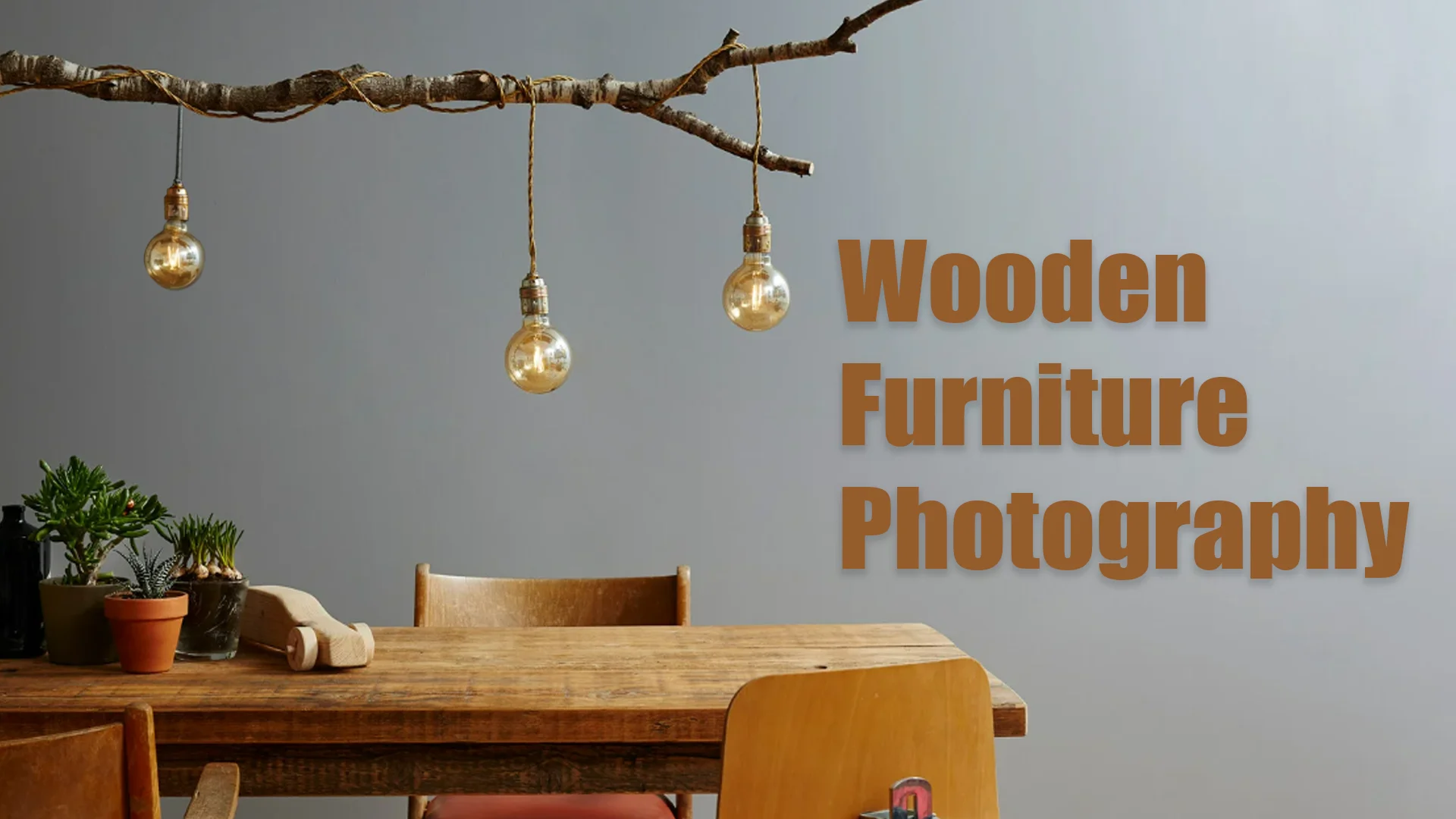
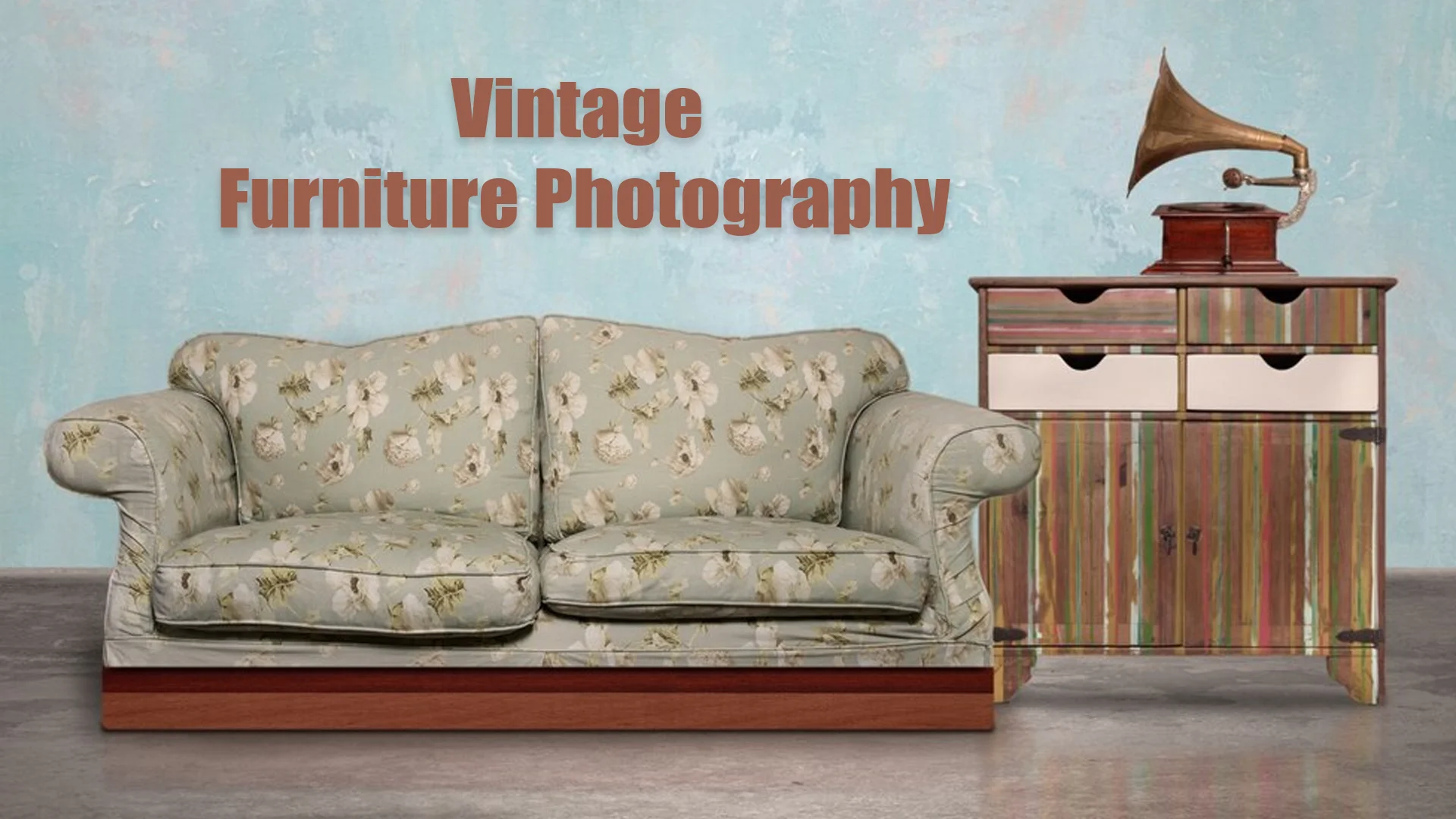
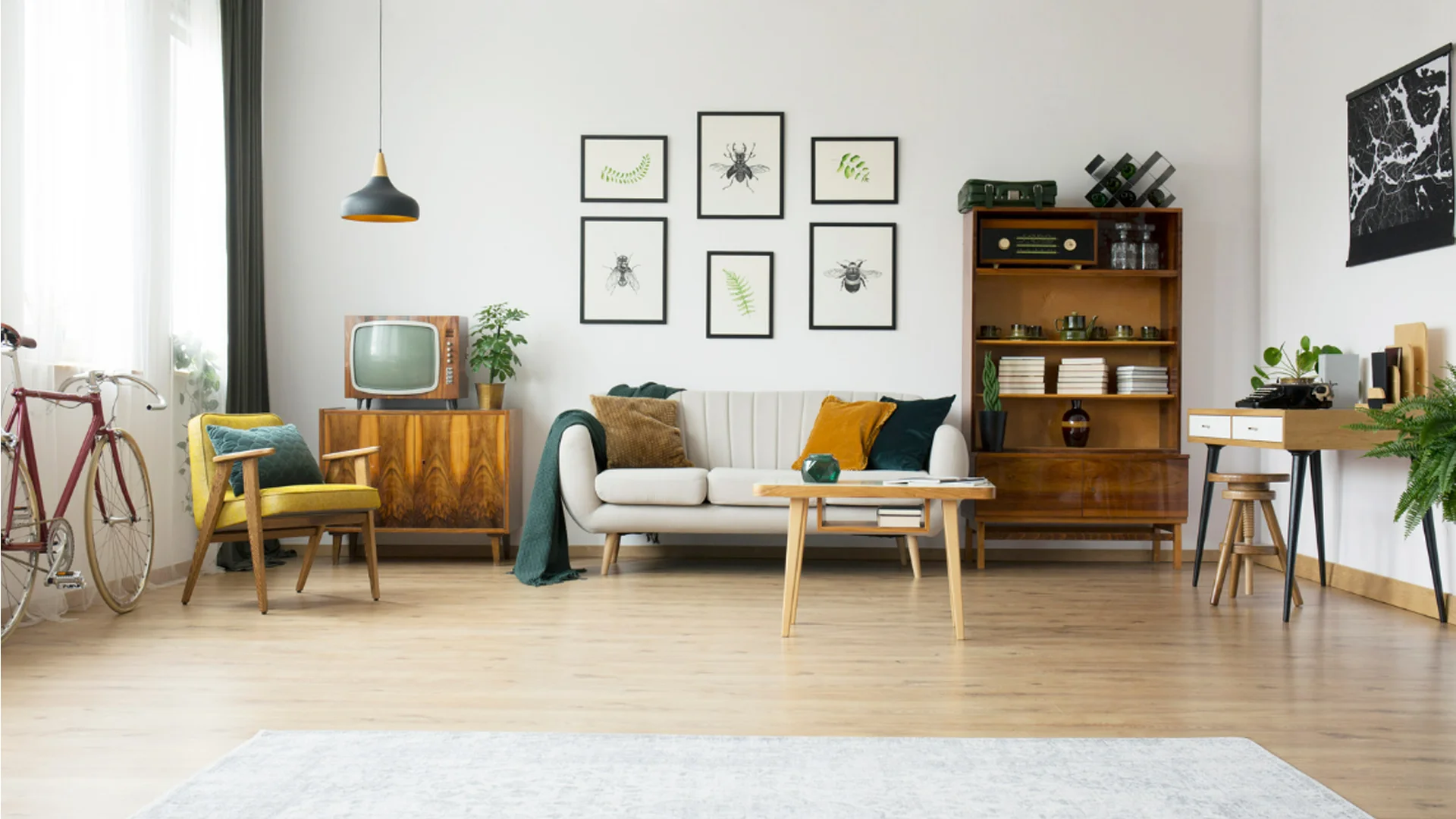
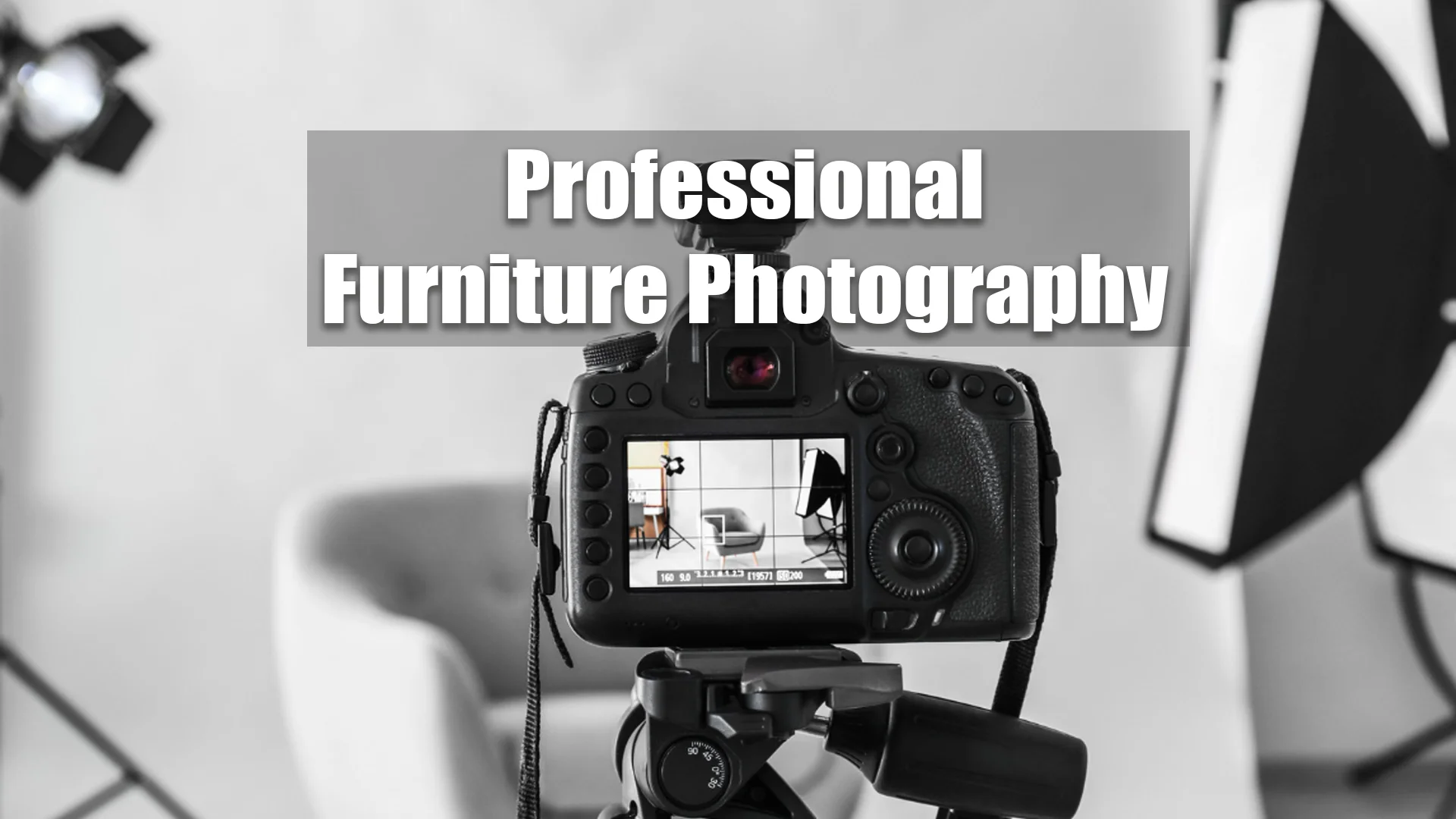
Professional Furniture Photography: A Guide to Perfect Product Shots | Image Work India
[…] background plays a significant role in making furniture stand out. A cluttered or distracting background can […]
Wooden Furniture Photography: Showcase Natural Texture and Style | Image Work India
[…] fabric backdrop or textured wall can add depth to the composition. The key is to ensure that the background complements the furniture without distracting from […]
Amazon Product Photo Editing: Enhance Your Listings for Maximum Sales | Image Work India
[…] the main image must have a white background, additional images can include infographics highlighting key product features. Infographics help […]
How to Edit Product Photos with a White Background - Image Work India
[…] photos with a white background, you’re essentially enhancing the image to remove any other background elements that might compete with the product. This is done using editing tools and software to […]